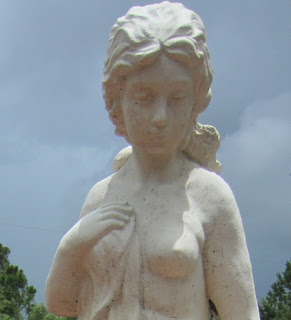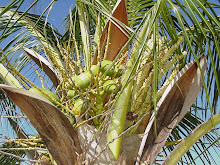
Maybe it was fitting that we stayed in a wigwam (a tipi really) as we have portrayed Calusa Indians and I, a Seminole Indian.
We stayed in Wigwam Village # 2 located in Cave City, Kentucky.
Frank A. Redford designed the wigwams and was granted a patent for his design. He began building Wigwam Village # 1 in Horse Cave, Kentucky in 1933. He built seven villages between 1933 and 1949.
The other five villages were built in: Louisiana (#3), Florida (#4), Alabama (#5), Arizona (#6) and California (#7). Today only three villages remain in existence: Arizona, California and of course Kentucky.
The wigwams' bases are 14 feet in diameter and they are 32 feet tall. They are made of concrete. We stayed in wigwam number twelve (there are fifteen in all).
The large wigwam is now the office and a gift shop but in the early days it was a restaurant.
The semi-circle of wigwams faces a playground and beside each wigwam is a parking space for a single vehicle.
The Colonel and I were eager to see the interior of our wigwam. Upon entering, we were surprised that it was larger than it appeared from the outside.
The furniture was the original furniture from the time the village opened in 1937. It is rustic and made from hickory and cane. The bed was a double (we are used to a king) and it made for a close and restless night of sleep, but we forgave the bed because of the novelty of spending the night in a wigwam.
The ceiling was flat to accommodate a fan/light and not conical in shape. The wigwam was also air conditioned.
The main room:
The bathroom (the shower was roomy):
There was no telephone in the room but there was wireless Internet access and a television.
The Colonel and I loved our opportunity to "Sleep in a Wigwam". When we made our reservations we were told that this was a heavily booked time of the year and many people wanted to experience a night in a wigwam. We were fortunate to have gotten the reservation.
This picture is from a postcard. The two small tipis flanking the large tipi were the restrooms for the restaurant in the early days.







































